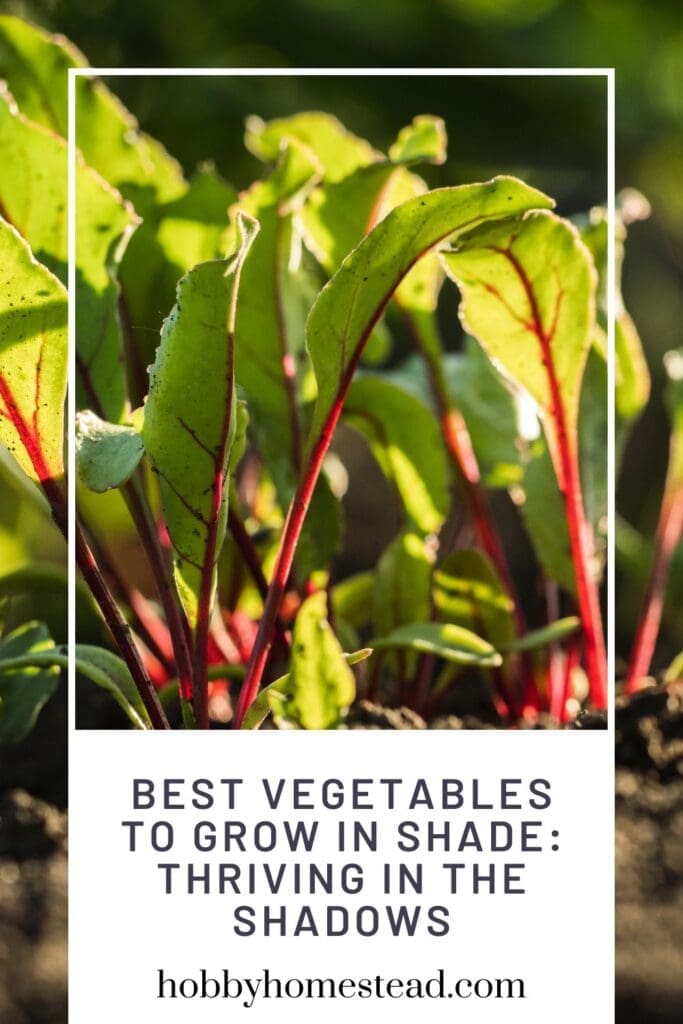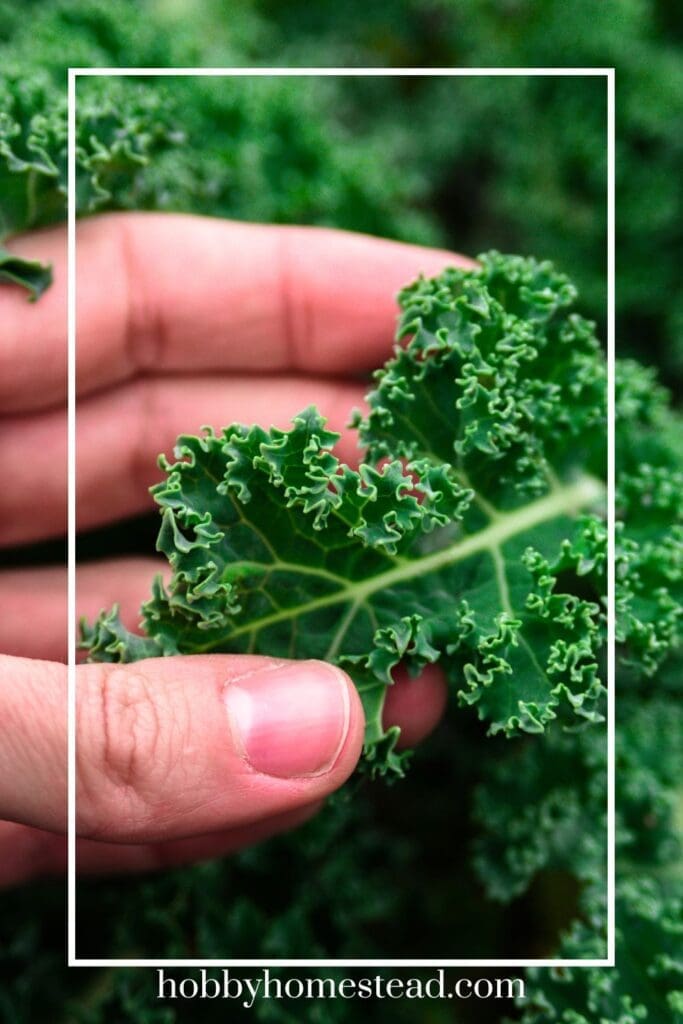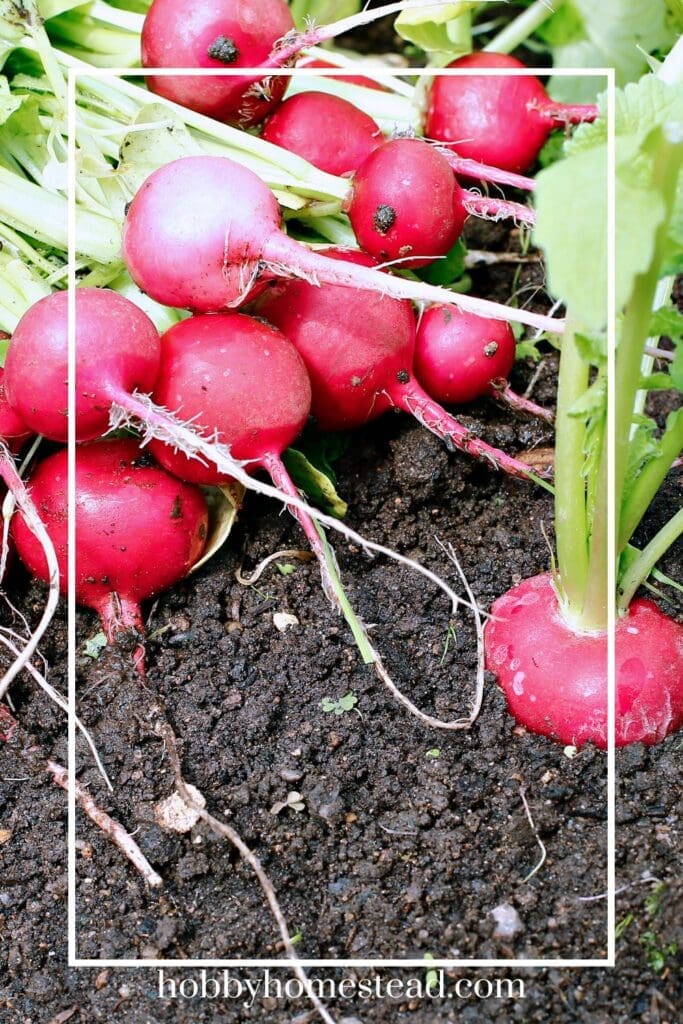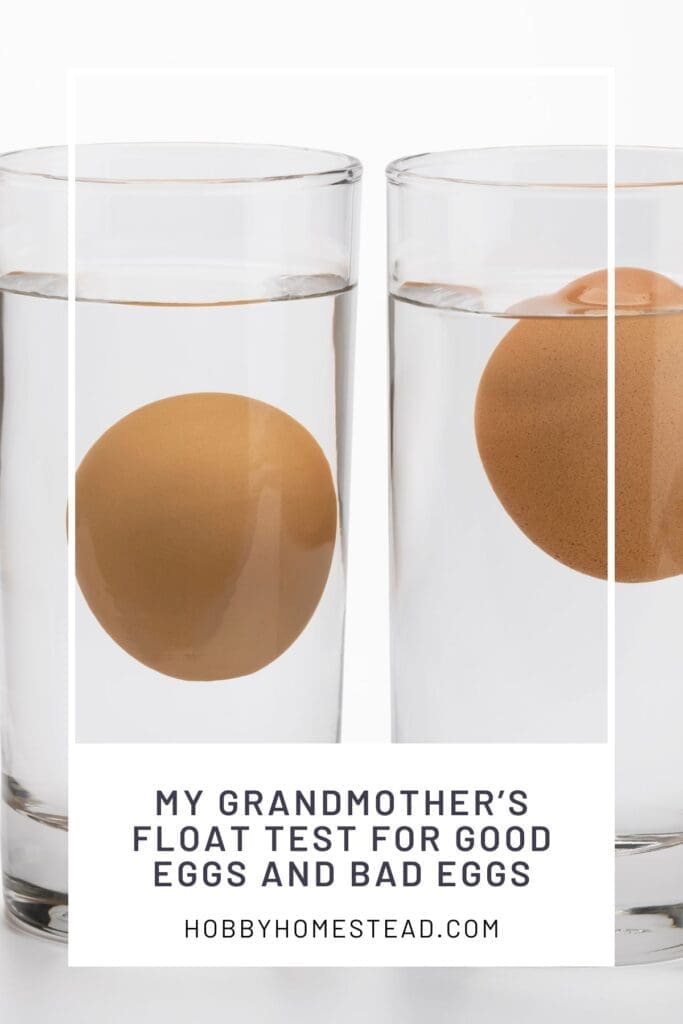Last updated on April 25th, 2025 at 09:58 am
If you’ve ever struggled with finding the best way to grow vegetables in shady locations, you’re not alone! Not every garden has the perfect sunny spot, but that doesn’t mean you can’t have a great harvest. Some of the best vegetables grow in shade. Kale, bok choy, and Swiss chard actually thrive in cooler temperatures and little shade.
With the right plant choices and a few simple tricks, you can turn a shadier garden area into a perfect veggie patch full of delicious, homegrown fresh produce. Whether you’re working with partial sunlight, light shade, or even deep shade, you can still grow a good crop of fresh, homegrown food.

Can You Grow a Vegetable Garden in the Shade?
Absolutely! While many people assume a vegetable garden requires hours of full sun, the truth is that plenty of shade-tolerant vegetables thrive in shady areas. If your garden has partial shade, light shade, or even a bit of shade, you can still enjoy a bountiful harvest of fresh produce.
The main reason some vegetables struggle in shady locations is that they don’t get much sun for energy. But certain edible plants, especially leafy greens and some root vegetables actually prefer cooler temperatures and less sunlight. Making them great additions to a shady garden.
Let’s explore the best vegetables to grow in shady conditions. How to maximize available light. Including the best way to set up a perfect veggie patch in a shadier spot of your yard.
Understanding Shade in the Garden
Before you start planting, it’s important to know how much hours of sunlight your garden area receives. Different vegetables have different plant needs, so understanding your shade level will help you make the best choice for each crop.
Full shade (total shade). Less than 2 hours of direct sunlight per day. Most vegetable seeds won’t sprout well here.
Deep shade. No morning sun or afternoon shade, just dim light all day. Best suited for decorative plants rather than shade tolerators like mustard greens or bok choy.
Partial shade / Part shade. 3-5 hours of partial sunlight daily. Many shade-tolerant vegetables like swiss chard, bush beans, and root crops thrive here.
Light shade. 4-6 hours of indirect sun, often under trees or near buildings. Ideal for salad greens, kale plants, and other cool-season crops.

Best Vegetables to Grow in Shade
1. Leafy Greens (Most Shade-Tolerant Vegetables)
If you have a shady spot, leafy vegetables are your best choice. These crops grow well with less sunlight and even benefit from the cooler weather of a shady garden.
Lettuce. Loves cool temperatures and grows well in early spring and late summer.
Kale. A hardy cool-season crop that thrives in part shade.
Swiss chard. A delicious, nutritious green that tolerates shady areas and late fall frosts.
Mustard greens. A peppery leafy green that grows in shadier spots and adds spice to fresh produce.
Bok choy / Bok choi. A top Asian green for shade-tolerant gardens.
Pro Tip. Since these plants don’t need much light, you can even grow them in darker areas like under taller crops.
2. Root Vegetables (Best for Partial Shade & Cooler Weather)
If your garden gets a little shade or part shade, try growing root veggies. While they grow best with at least a few hours of direct sunlight, they still produce a good crop in shadier spots.
Carrots. Thrive in well-drained soil and tolerate bit of shade.
Radishes. A fast-growing crop perfect for cooler temperatures in shady conditions.
Beets. Grow well in partial shade but need at least a few hours of full sun to develop fully.
Turnips. These root crops enjoy cool temperatures and can grow in shadier locations.
Pro Tip. In warmer climates, growing root crops in afternoon shade prevents too much heat from stunting growth.
3. Brassicas (Great for Late Summer & Cooler Weather)
These cool-season crops need some sun, but they do well in partial shade and late fall conditions.
Brussels sprouts. Grow in part shade but need a longer growing season.
Cabbage. Thrives in light shade and resists too much heat.
Broccoli. Enjoys morning sun but benefits from afternoon shade in warmer climates.
4. Herbs (Good for Shady Spots & Edible Gardens)
Many herbs grow well in shady locations, providing fresh flavors for home cooking.
Parsley. Thrives in shady gardens with little shade.
Garlic chives. Great for partial shade and adds flavor to dishes.
Mint. A shade-loving herb that spreads quickly.
What to Avoid Growing in Shade
Some vegetables are shade avoiders and need hours of full sun to thrive. Avoid planting tomato plants, runner beans, green beans, and best fruits like peppers and squash in shady areas. These crops require at least 6-8 hours of direct sunlight per day.

Tips for Growing Vegetables in Shade
If you’re working with shady conditions, here are some ways to improve your yield.
Maximize Available Light
Take advantage of reflective surfaces like mirrors, white-painted walls, or shiny metal to bounce light into shady locations. Using white mulch helps reflect more light too. Even a little extra brightness can help plants like lettuce, mustard greens, and Swiss chard grow better.
Sow Seeds Strategically
Place shade-loving crops in darker areas and move others to a sunnier location.
Improve Soil Quality
Use well-drained soil to prevent excess moisture buildup in shadier spots.
Give Plants a Head Start
Start seeds indoors or use transplants for a good harvest in short-season climates.
Choose the Best Time to Plant
Many cool-season crops do better in early spring or late summer when temperatures are milder.
Extend the Growing Season
Since shady conditions mean cooler soil, use cold frames or row covers in early spring to warm the ground faster. This can also help in late fall, allowing you to harvest root vegetables like carrots, radishes, and green onions for a longer period.
Watch for Pests in Darker Areas
Slugs and snails love shady areas, especially those with cool temperatures and moist soil. Combat them using beer traps, handpicking, or delaying mulch application until the weather warms up.
Space Plants for Better Growth
Since less sunlight reaches plants in a shady spot, it’s important to sow seeds with extra spacing to allow large leaves to receive maximum light. This is especially useful for leafy greens like bok choy, kale plants, and salad greens.
Adjust Watering Based on Shade
Shadier spots often retain moisture longer, so you may not need to water as frequently. However, if you’re gardening under trees, be mindful that their roots compete for nutrients and water. Choose well-drained soil and monitor moisture levels carefully for a good harvest.
By selecting the best vegetables for shade such as brussels sprouts, runner beans, bush beans, and garlic chives. You can turn any shady garden into a perfect veggie patch.

Growing a vegetable garden in shady locations is totally possible with the right plant choices. Whether you have a bit of shade, total shade, or light shade, you can still grow shade-tolerant vegetables like leafy greens, root veggies, and cool-season crops.
The best way to ensure a bountiful harvest is to understand your climate zone, maximize available light, and plant crops that thrive in shadier spots.
Good luck with your shady garden and enjoy growing your own food. No sunny spot required.
References
Almanac. Shady Characters! Vegetables to Grow in the Shade.
Better Homes & Gardens. 12 Best Vegetables That Grow in the Shade.


